You are not prepared for Street Fighter 5, but youre going to love it anyway
I’ve played an unhealthy amount of Street Fighter 4 over the years, and for the majority of that time, my main character has been M. Bison. I love the guy. I love his explosive, all-or-nothing rush-down attacks. I love how hard I have to keep up my aggressive momentum in order to avoid being crippled by his painfully low defence rating and slow start-ups. I love all his little fake-outs, and traps, and evasions, the subtle little webs I can set up to entice my prey into yet another relentless beatdown. I just love his rhythm, the very ebb and flow of playing him. I know him well, and I love everything about the way he works. Right down to that adorably vile, ‘I’m a great big bastard’ grin.
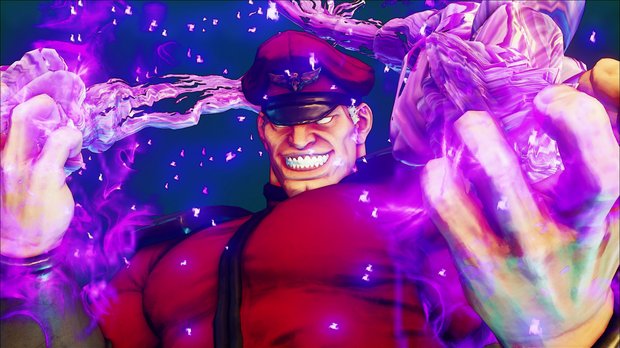
But you know what? It’s over. It was over within two matches of Street Fighter 5. And you know what else? I’m not even sad about it. I’m excited. Because Street Fighter 5 is not an incremental, new-gen tweak. It’s not just another opportunity – as Super 4 and Ultra were – to test out tried and trusted characters and strategies in a new context, integrating a few new tricks against a few new challenges. It’s a clean sweep. All bets are off. Nothing you know matters any more, and that’s a good thing. Because in recompense for kicking your feet out from under you, Street Fighter 5 delivers a whole new world, one full of exciting new discoveries, possibilities and opportunities, in what at the moment feels like the most open, malleable, adaptable, and genuinely unpredictable Capcom fighter in a long time.
It’s the lack of rigidity that does it. The showstopping comebacks furnished by SF4’s Ultra Combos are a thing of the past. The Focus Attack – the hit-absorbing pseudo parry, whose special-cancelling properties also pave the way to the meatiest, deadliest combos – is utterly gone. With the two central lynchpins of SF4’s combat sent soundly packing, so too is the structure, shape, and expected back-and-forth narrative of a modern Street Fighter match. Unshackled from its predecessor’s two weightiest foundations, Street Fighter 5’s battles are open to expand and evolve in vastly freer ways.
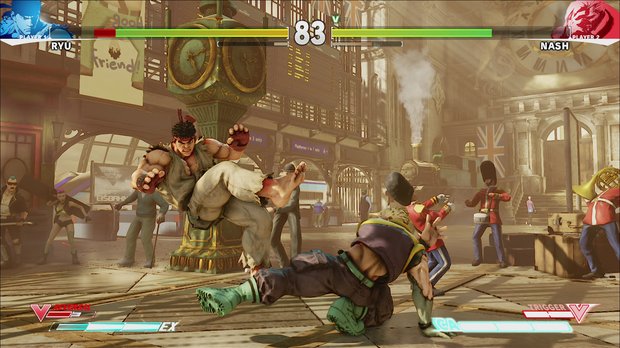
Regarding my drastic character switch, SF5’s brave new approach to familiar warriors is the first sign of Capcom’s blank-slate philosophy. You know how I said Bison was all about rolling momentum, rampant aggression, and avoiding the back foot at all costs? He’s not that now. He’s not that at all. His iconic Psycho Crusher torpedo is gone, and along with it much of his powerful, pressurised zoning. His moderate pace of movement has been swapped out for a glacial crawl, with no quick-and-easy teleporting to make up the shortfall any more. His main new ability is a close-range, explosive standing uppercut, its range boosted a little by a fiery eruption that stretches a couple of feet in front of him.
New Bison is no longer about getting in a character’s face and staying there. He’s now a weaponised monolith, playing him as evocative of tower-defense as of fighting. He’s a solid, stoic brute, who no longer needs to hurl himself across the screen in flames, because he knows he can crush you just by teasing you to hit him. He’s still utterly, utterly savage, but now he unleashes it off the back of a counter, drawing in, snaring and punishing, rather than chasing and crushing.
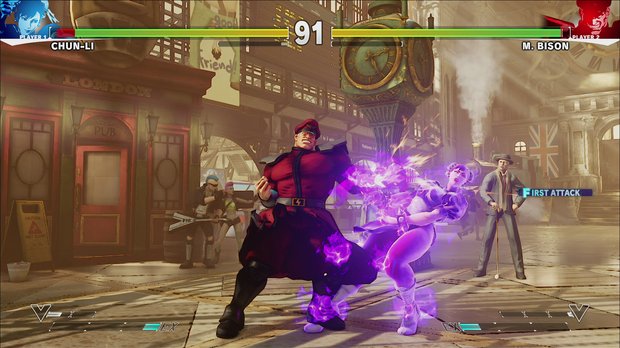
We don’t get on as well as we used to. The Bison I played seems only present in echoes now. But good Lord, is that a thrill. It means that new players, with different styles, can now discover their own versions of the things I used to love about him. It means that I can walk away, to find new things to love about characters I never had time for before.
And I have been having a phenomenally fun time doing that. Because where mainstay, core systems have gone, they’ve been replaced with a greater number of smaller, subtler, but immensely more exciting ways of shaking up each and every character. It’s the V-Skills that do it. The V-Skills are marvelous.
Sign up to the GamesRadar+ Newsletter
Weekly digests, tales from the communities you love, and more
Activated by simply tapping the two medium attack buttons – and freely available any time – the replacement for the Focus Attack is, philosophically, its binary opposite. Where the Focus was a universal ability, with a similar dual purpose whoever you were playing (either switching the direction of a scuffle by nullifying a hit, or speeding along the race to the Ultra by facilitating a big combo set-up), V-Skills are specifically designed to diversify the fighters’ paths. This is a game about breadth just as much as depth.
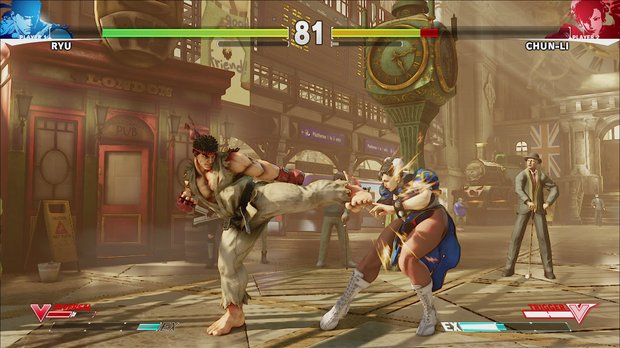
In keeping with his new outlook of ‘Come at me, bro!’, Bison snatches fireballs out of the air and throws them straight back. Nash (or Charlie, as you may know him) absorbs projectiles to charge up his gauge while advancing, a move not a million miles away from the Focus system itself. Except he’s the only one who can do it. Chun-Li gains no overt offensive move, but develops the ability to jump at weird angles, completely throwing off her opponent’s defensive strategy. And best of all so far, Ryu – and only Ryu – can throw out an instant, Street Fighter 3-style parry, nullifying an incoming blow – or whole combo if you’re quick enough - for immediate retaliation. Yeah. A whole core system from a whole other Street Fighter game - one that underpinned the entirety of that title’s high-level play - is now just a bonus ability for a single character.
Street Fighter 5 is mad. It’s mad, and exciting, and free, and anarchic, and I love it. In many ways, it puts me in mind of the delirious eclecticism of Arc System Works’ games, only with the esoteric variety of say, BlazBlue’s roster, delivered in a much more manageable, far less intimidating fashion. It’s the sheer sense of ‘anything could happen’. The tantalising, subversive joy of knowing ‘I can do something you can’t do’, and also that said something isn’t a complex special move or combo, but something radically game-changing that can be summoned at the touch of a button. And that’s before you even get into the various timed, tactically deployed super-states, that furnish new properties and move-sets for limited periods. Chun-Li might seem like the same quick, precise Chun-Li you know, but when all of her blows suddenly have extra range and multiple, rapid-fire hits, the woman is like a bomb going off.
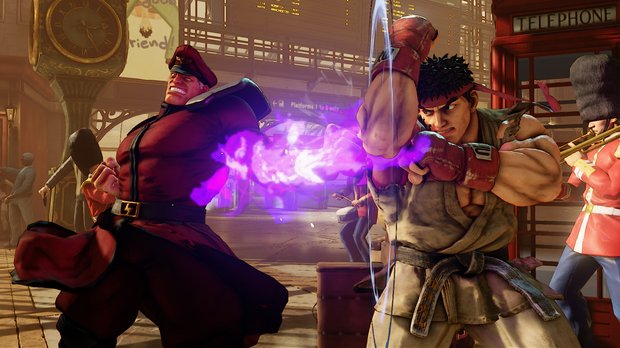
Where Street Fighter 4’s focus on Ultras and, er, Focuses can at times funnel its disparate line-up of combatants toward a unified fighting mindset - an expected set of over-arching choices, interactions and even set-pieces - fighting in SF5 feels like a deliberate rebellion against that. It feels like the bringing together of a genuinely asymmetric, almost alien set of combatants, their abilities and personal rule-sets sometimes even giving the sense of having been pulled from different games entirely. Not only that, but the new tricks I’ve learned so far are hardwired into wider character reinterpretations that amplify that scintillating freshness yet further.
Nash is now controlled via immediate stick-roll inputs rather than methodical charges, launching his move-set forward, and augmenting it with teleports and a brutal leaping grab. And Ryu. Holy Hell, Ryu. He’s faster. His combos seem to chain more easily. He feels a bit rangier and more adaptable. With that parry he’s now a force of sheer, fluid, angry forward motion, so much so that his opponents’ new means of shutting down his iconic fireball game don’t even feel like a limitation.
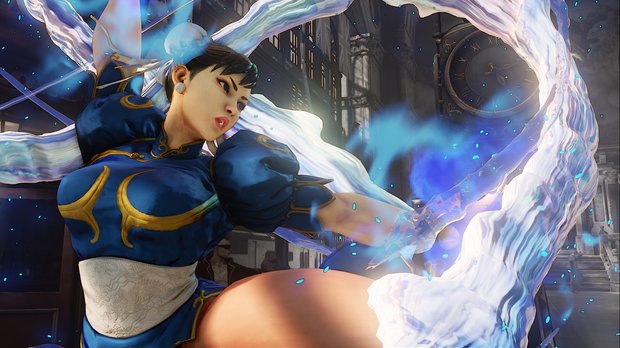
Because that’s the thing about Street Fighter 5. Changes that would have felt crippling - or at least alienating - in Street Fighters past just don’t. Because here, in Street Fighter 5’s dizzying, wide-open ecosystem, they’re not the roadblocks they would have been. Instead, they’re just detours, to bright and exciting places you’ve never been before. And I am very, very excited indeed to start exploring.



